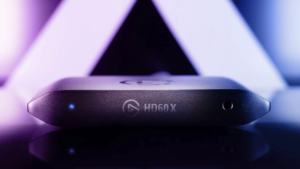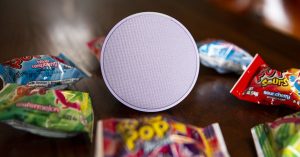Microsoft introduces DirectX Raytracing Tier 1.1 with additional DXR performance efficiency

Comments
Microsoft has dropped a major new update for DirectX 12, adding in support for DirectX Raytracing Tier 1.1, DirectX Mesh Shader, and DirectX Sampler Feedback, among other features.
DirectX Raytracing Tier 1.1
A year on from the initial arrival of DirectX Raytracing (tier 1.0), Microsoft has introduced tier 1.1 with new features for game developers to better utilise the capabilities of raytracing hardware. This includes support for extra shaders which will increase performance efficient, ExecuteIndirect support which allows for adaptive algorithms change the number of rays cast on the GPU execution timeline, and Inline Raytracing, a ray traversal algorithm which is less complex and therefore less demanding than full shader-based raytracing.
Support for adding extra shaders to an existing Raytracing PSO, which greatly increases efficiency of dynamic PSO additions. Support ExecuteIndirect for Raytracing, which enables adaptive algorithms where the number of rays is decided on the GPU execution timeline. Introduce Inline Raytracing, which provides more direct control of the ray traversal algorithm and shader scheduling, a less complex alternative when the full shader-based raytracing system is overkill, and more flexibility since RayQuery can be called from every shader stage. It also opens new DXR use cases, especially in compute: culling, physics, occlusion queries, and so on.
DirectX Mesh Shader
DirectX Mesh Shader, meanwhile, is concerned with increasing the performance of the geometry pipeline. This next gen tech uses mesh shaders to replace the current system of input assembler, vertex shader, hull shader, tessellator, domain shader, and geometry shader stages. It’s on the developers to worry about the finer details but Mesh Shaders essentially bundle in a bunch of computations into fewer packages, allowing game developers to offer increased geometric detail and more complex visual environments without hitting the frame rate.

DirectX Sampler Feedback
This new feature ties into so-called next-gen games. With game worlds getting exponentially larger and more detailed, developers are having sacrifice the original asset quality or load in textures ad hoc (which can result in texture pop-in). In particular, this is an issue when rendering a game at 4K resolution and above.
The Sampler Feedback offers a solution with Texture Streaming and Texture-Space Shading. These are hardware-level features which can be used to record which areas of a texture were accessed during sampling operations. This data can then be used to ensure the same shader calculations aren’t re-executed time and again. Re-using the data can potentially significantly improve hardware performance.
These latest features are now live for developers to start implementing for any systems in the Windows 10 Insider Preview Builds. Microsoft is recommending devs implement DXR 1.0 features before deciding on the application of DXR 1.1 tier features.







